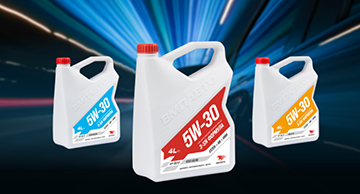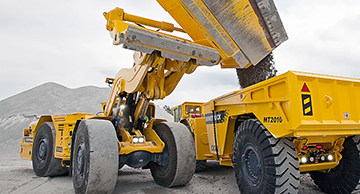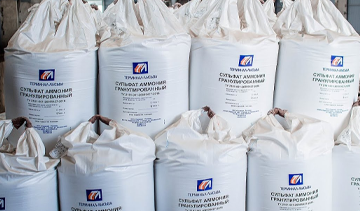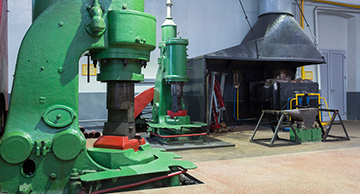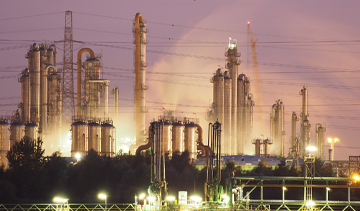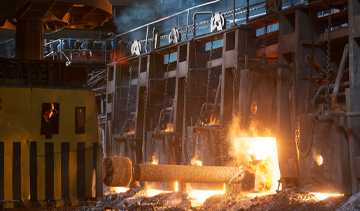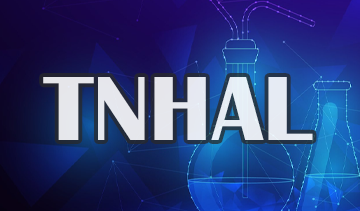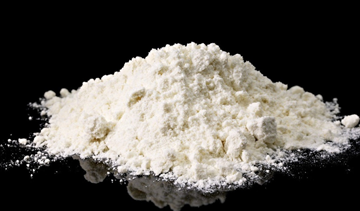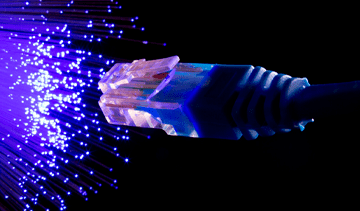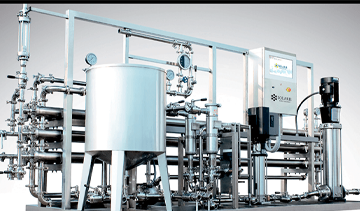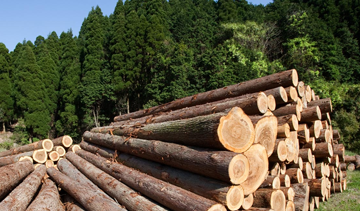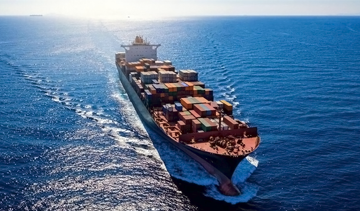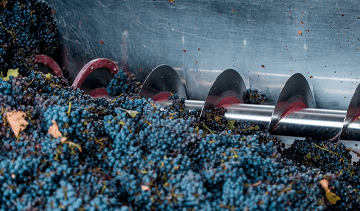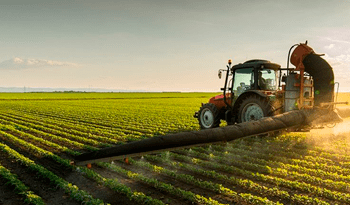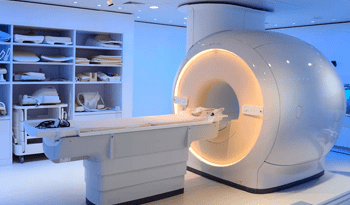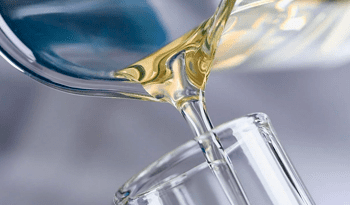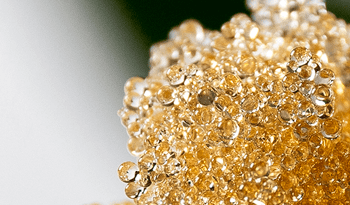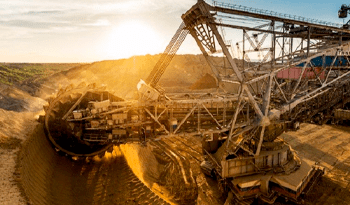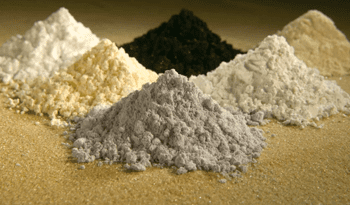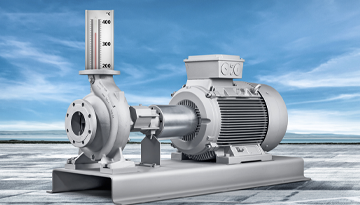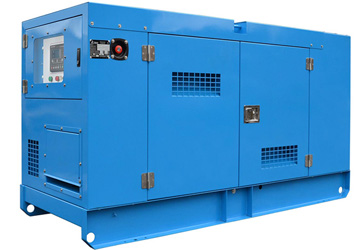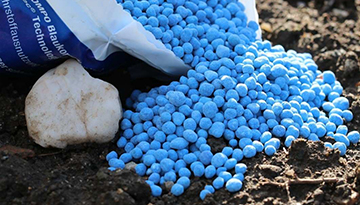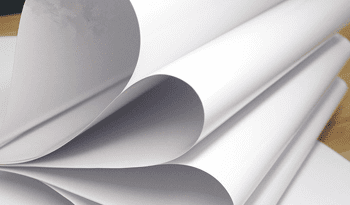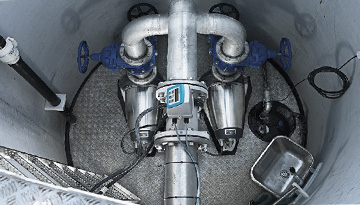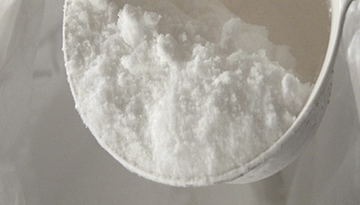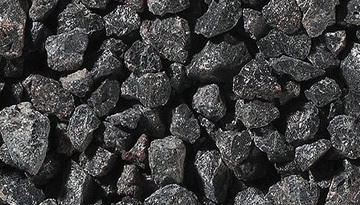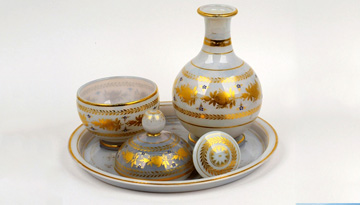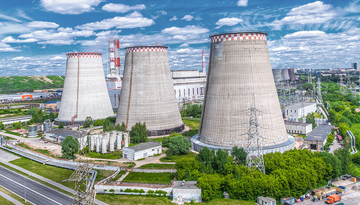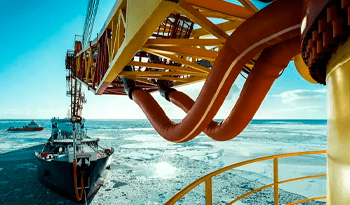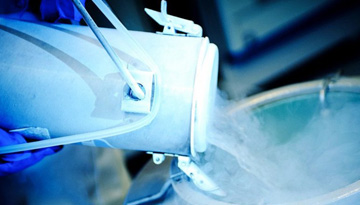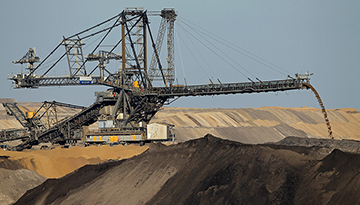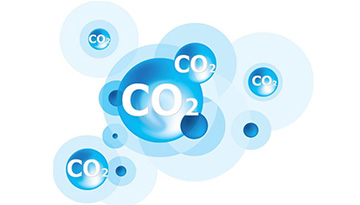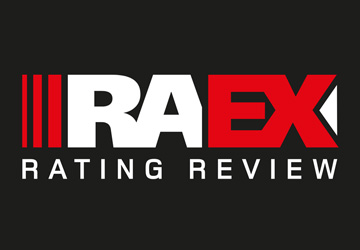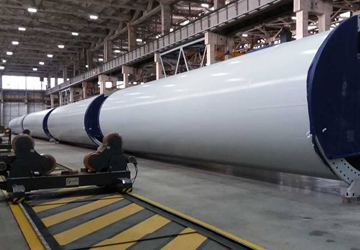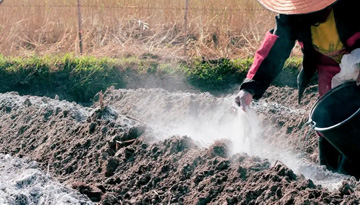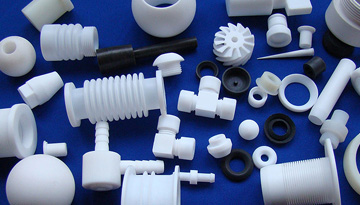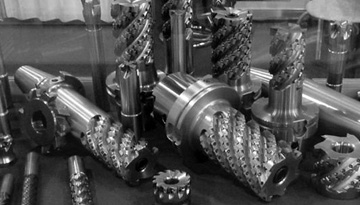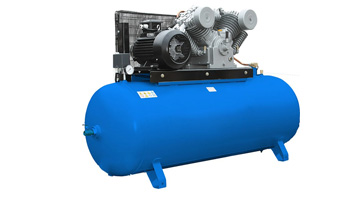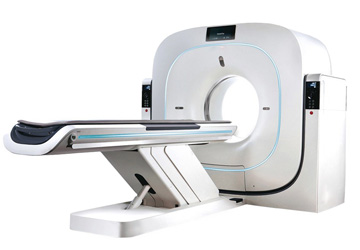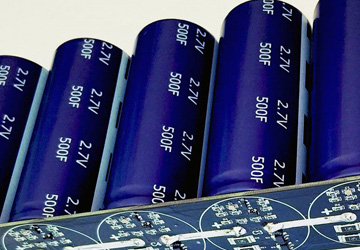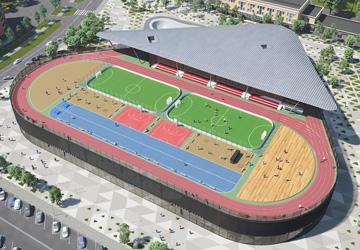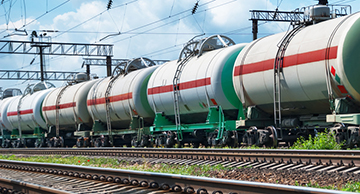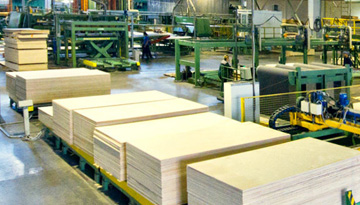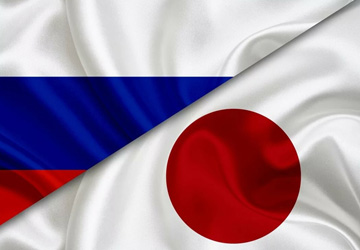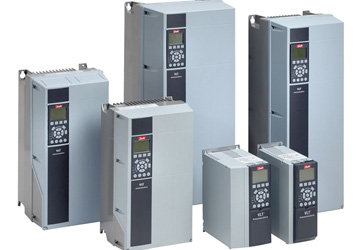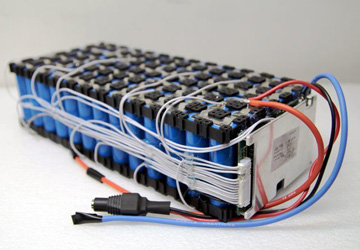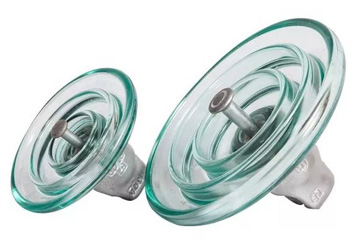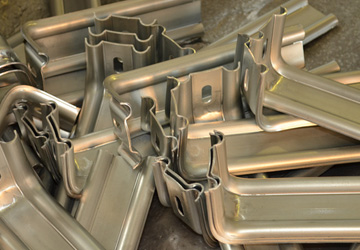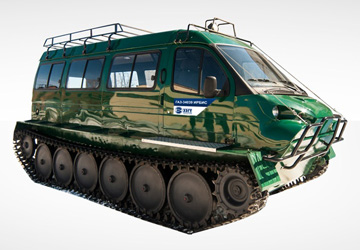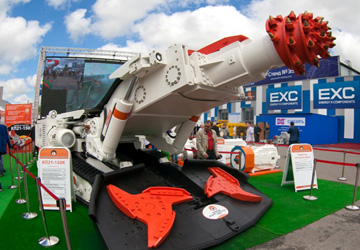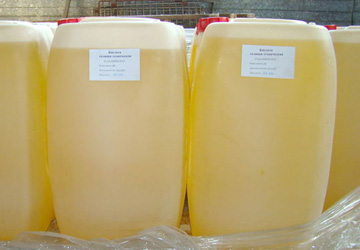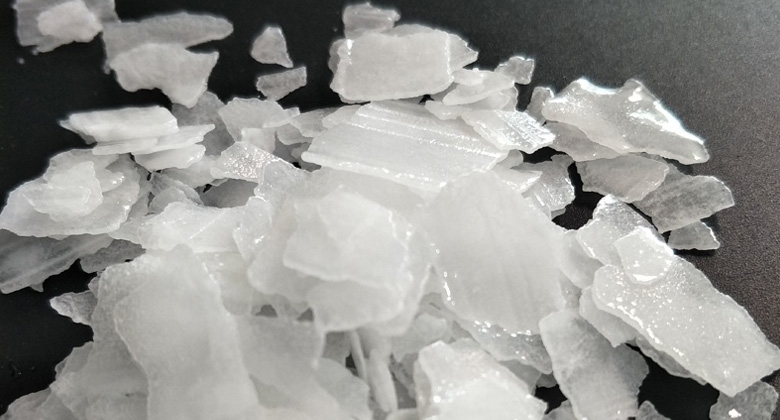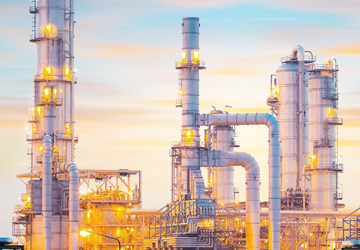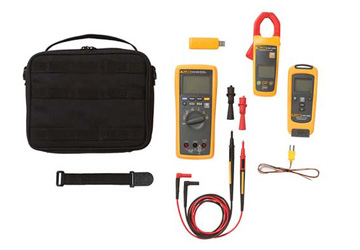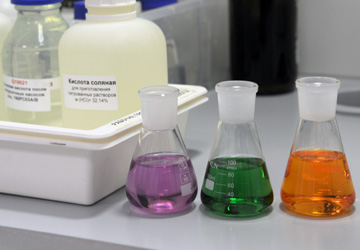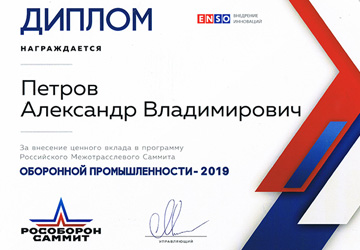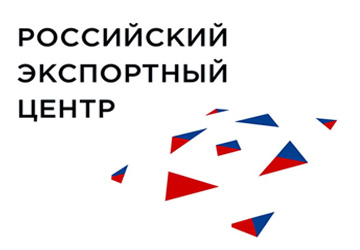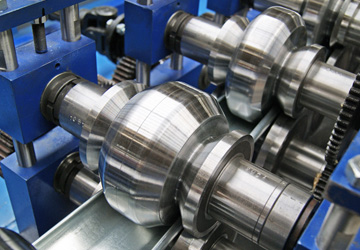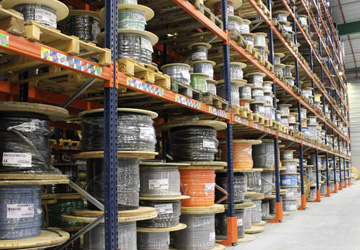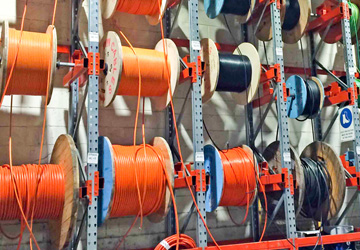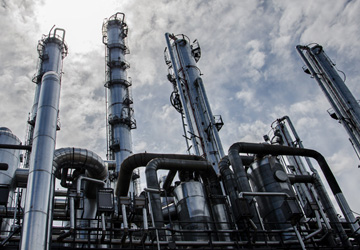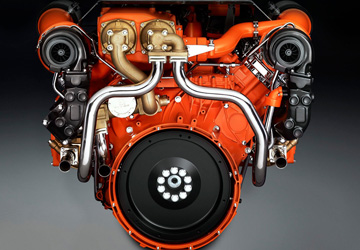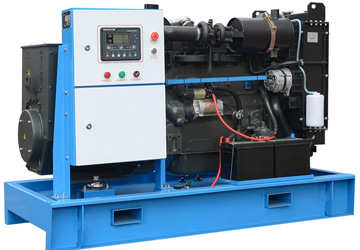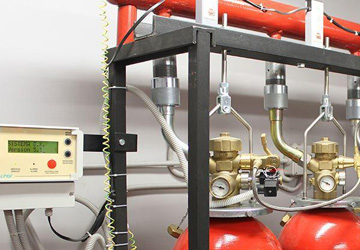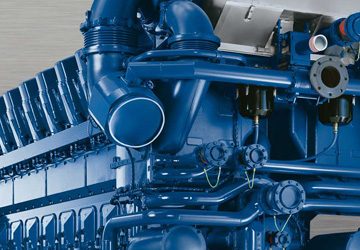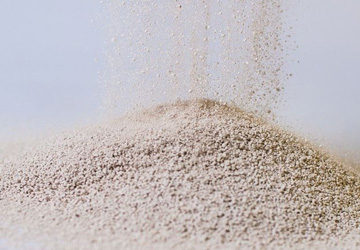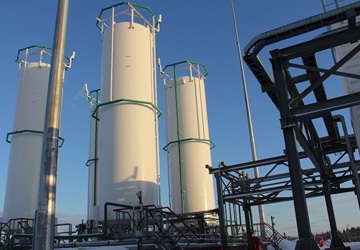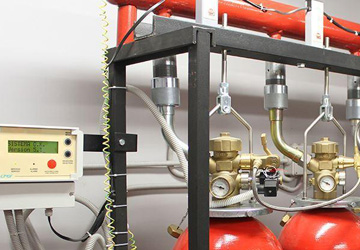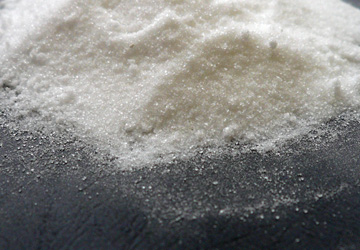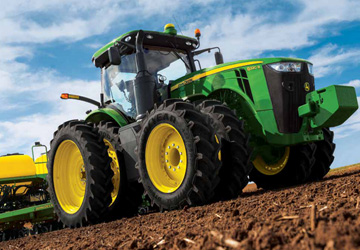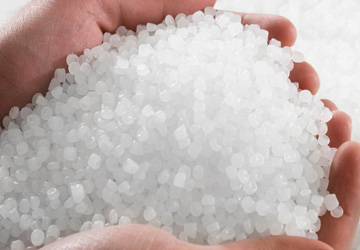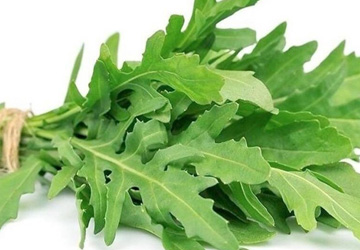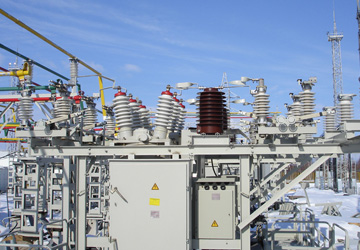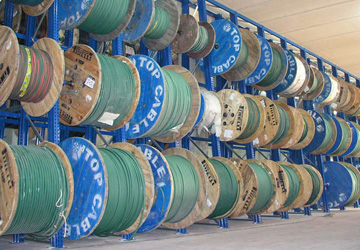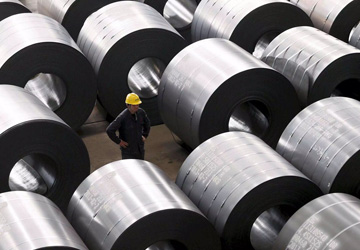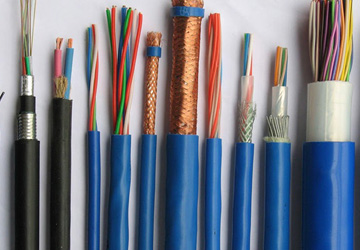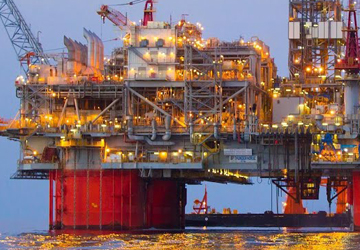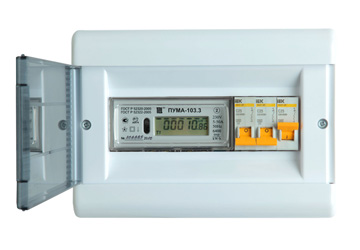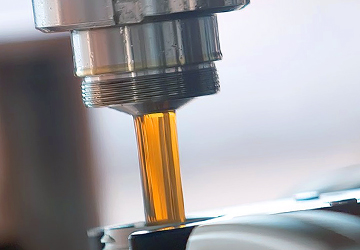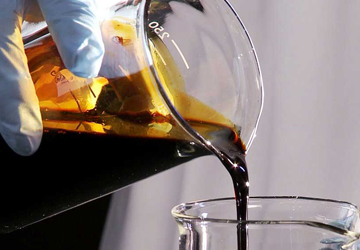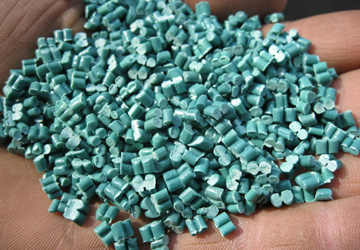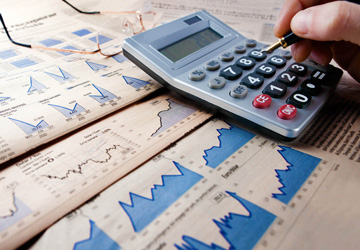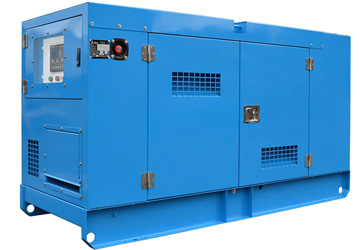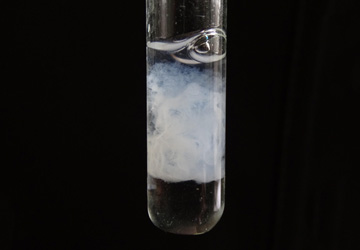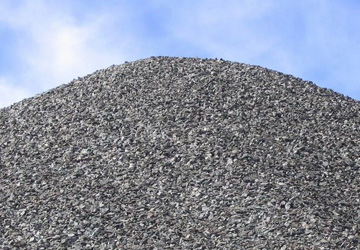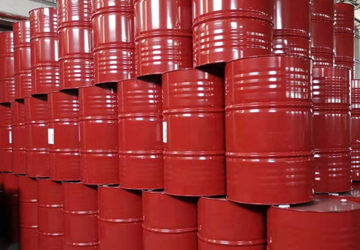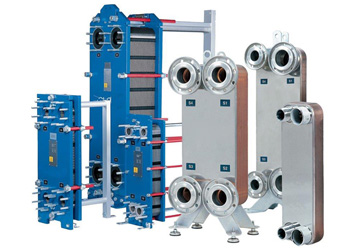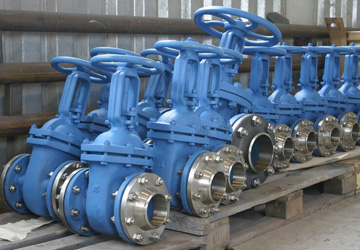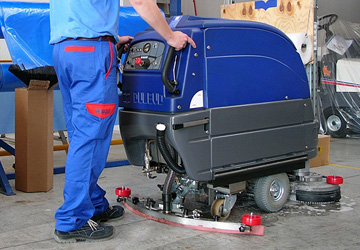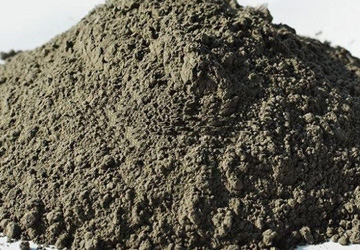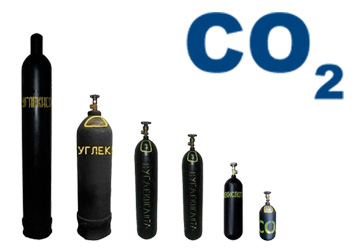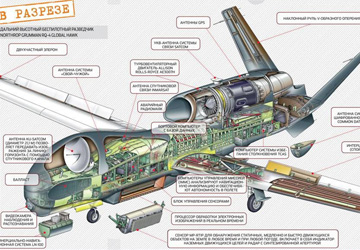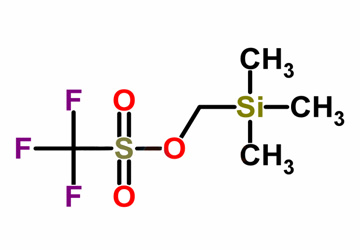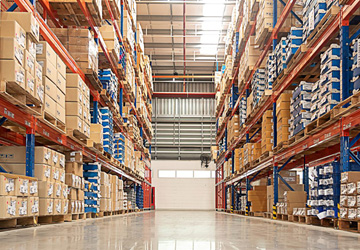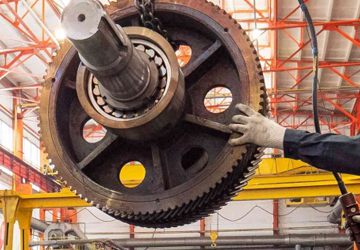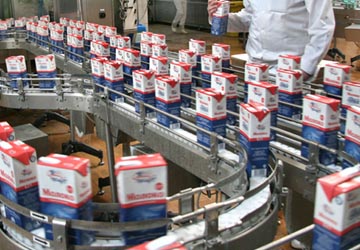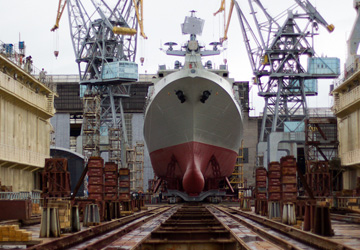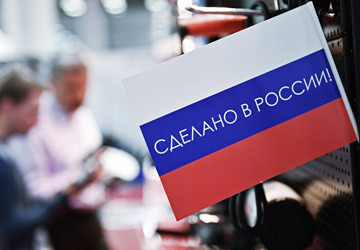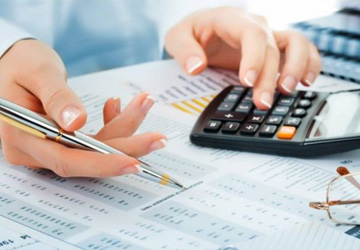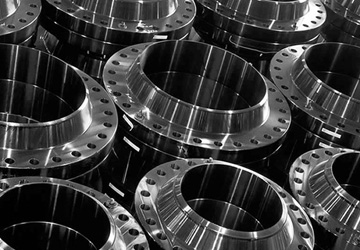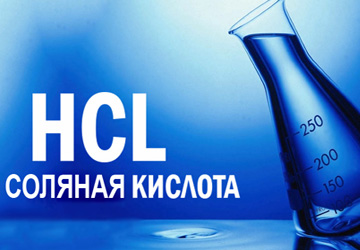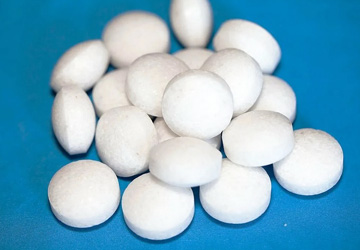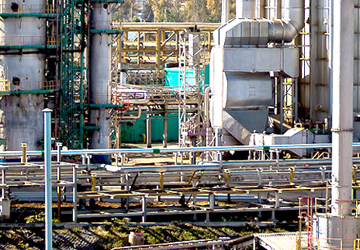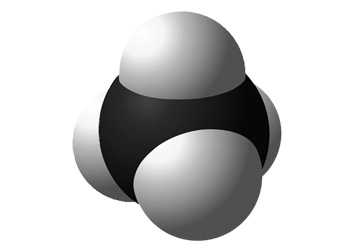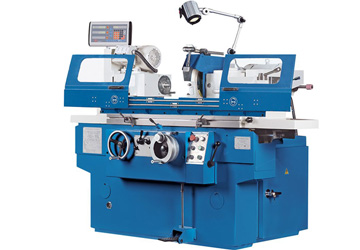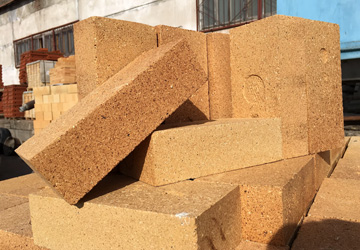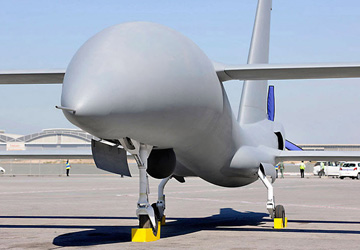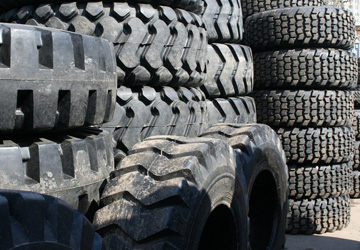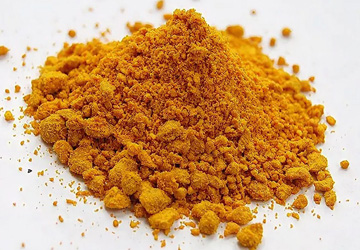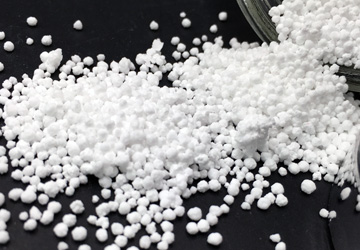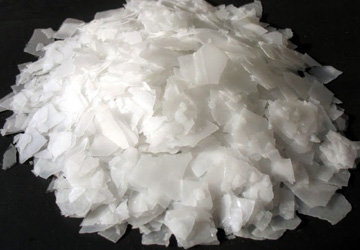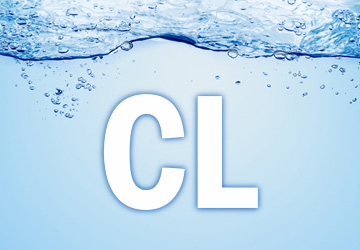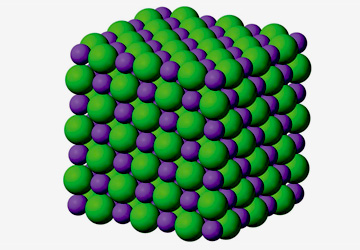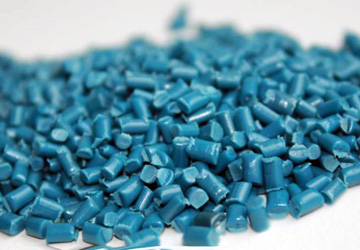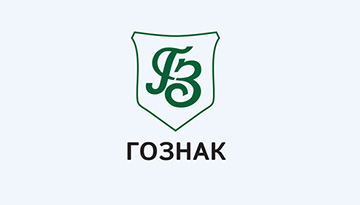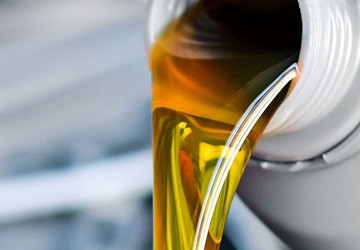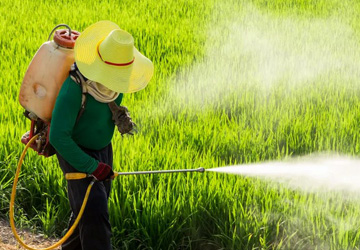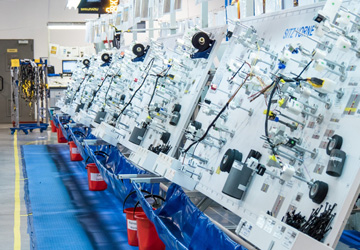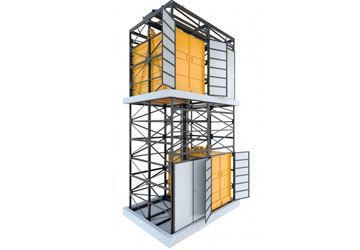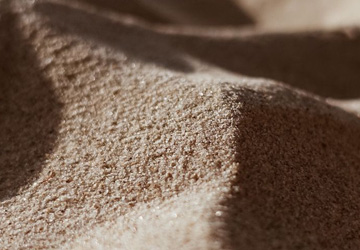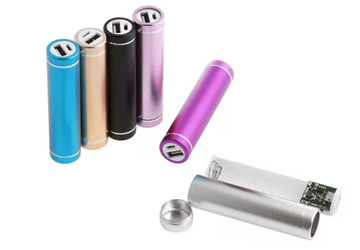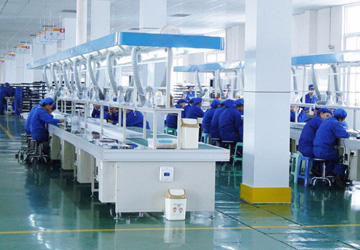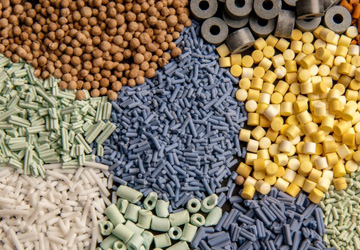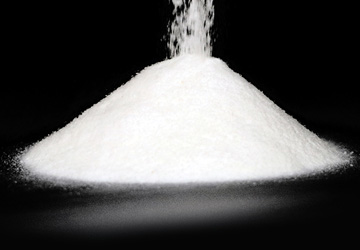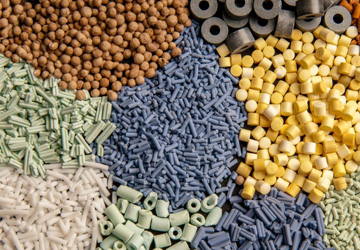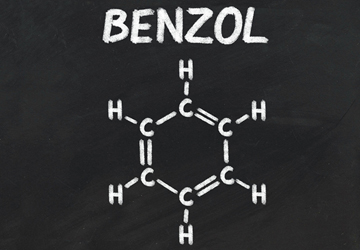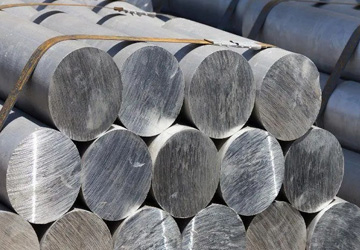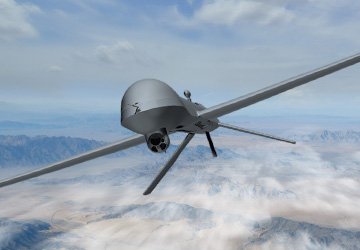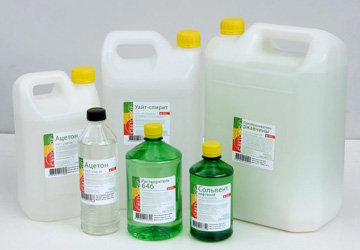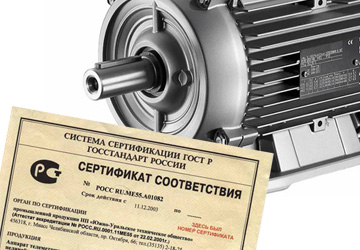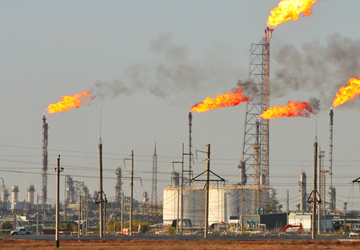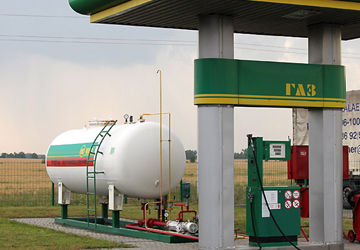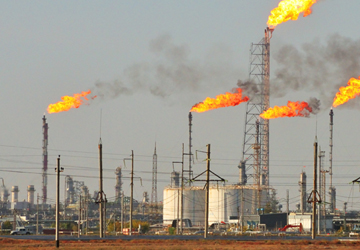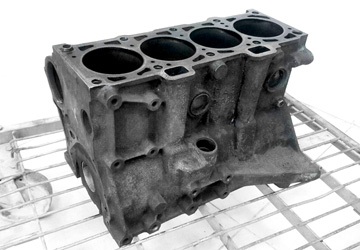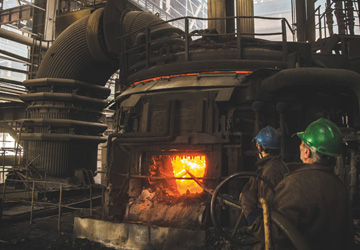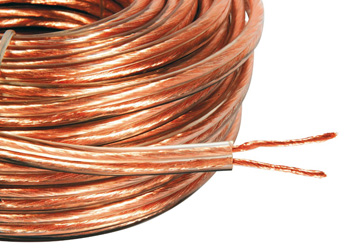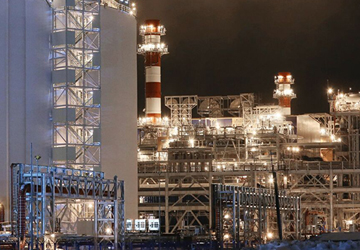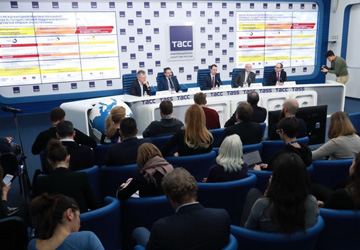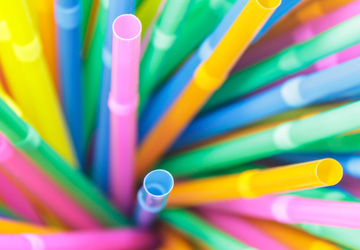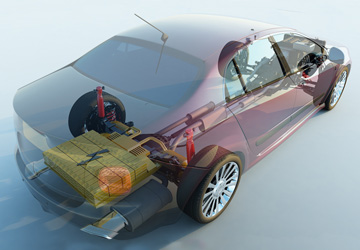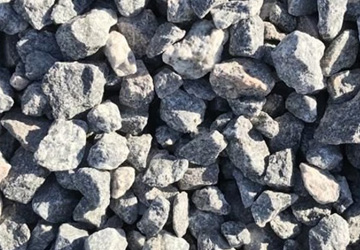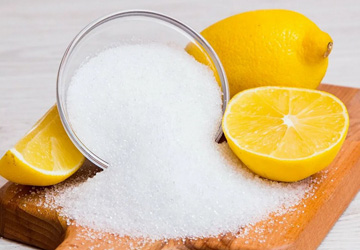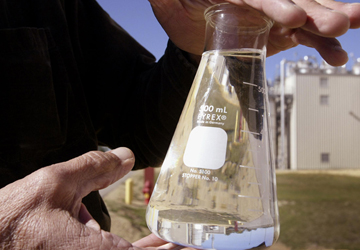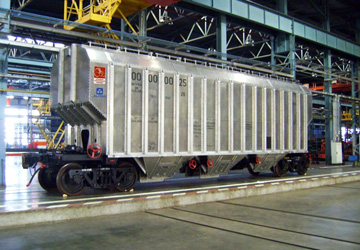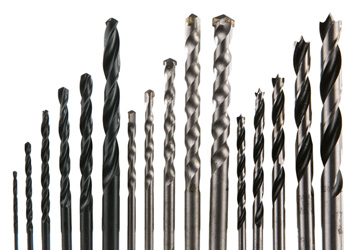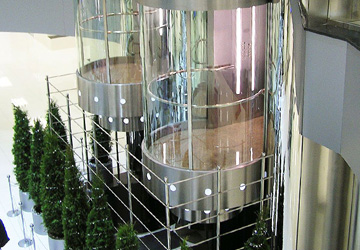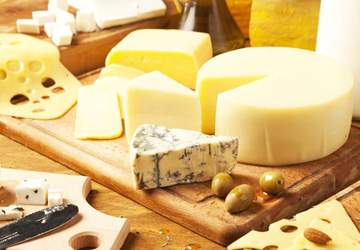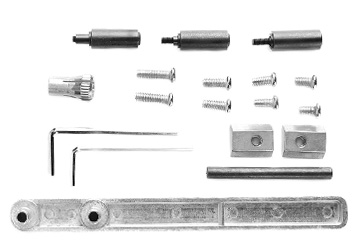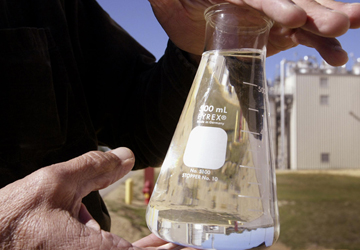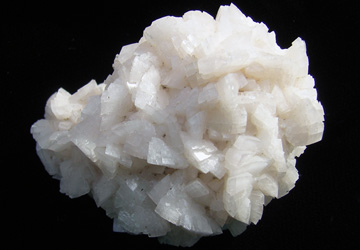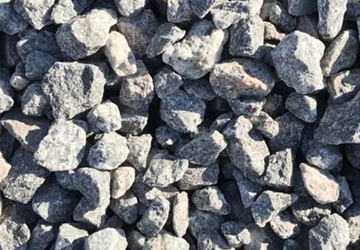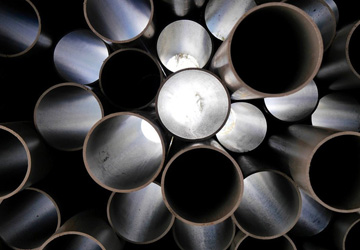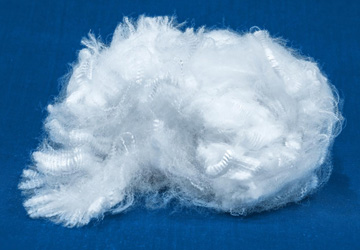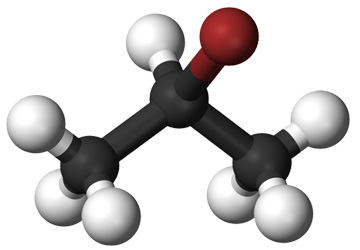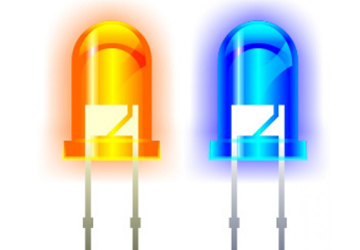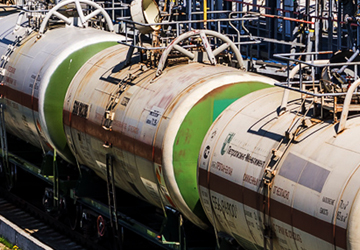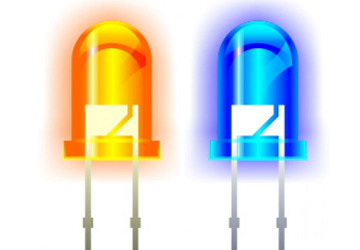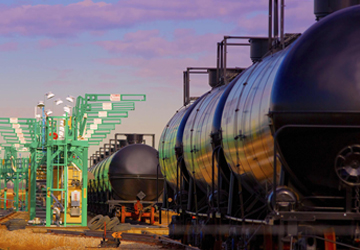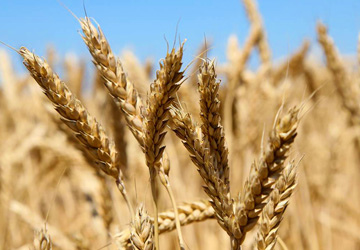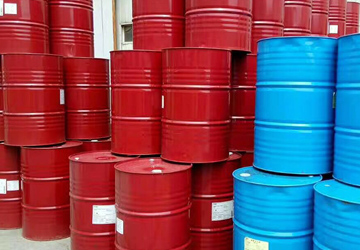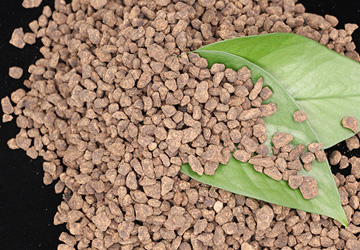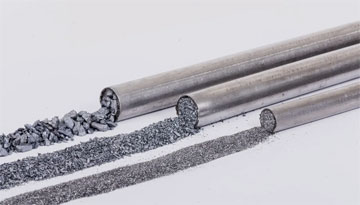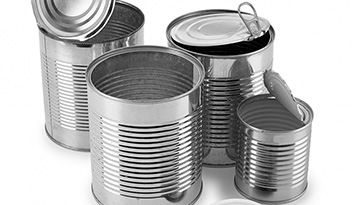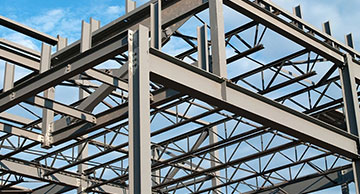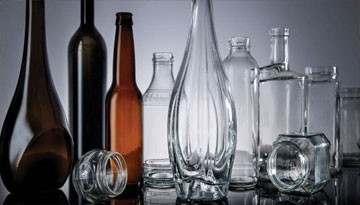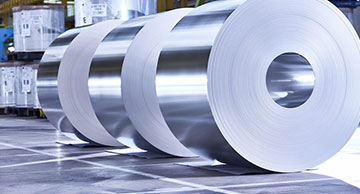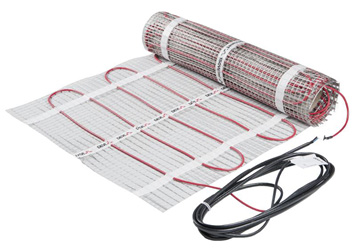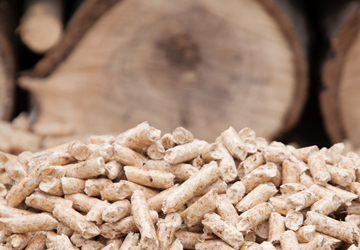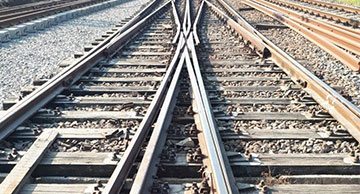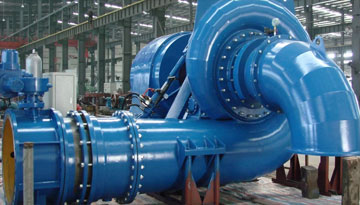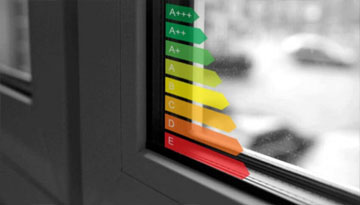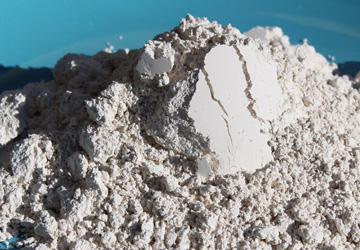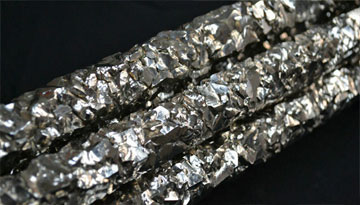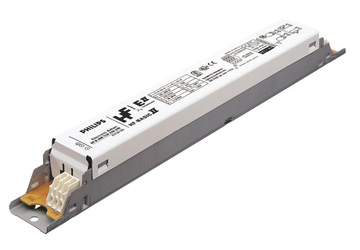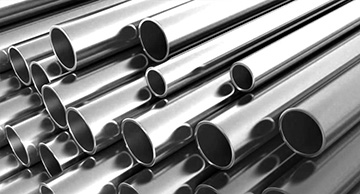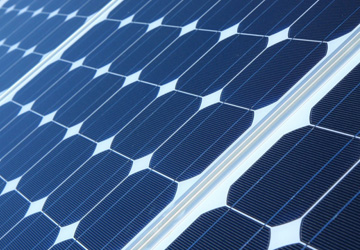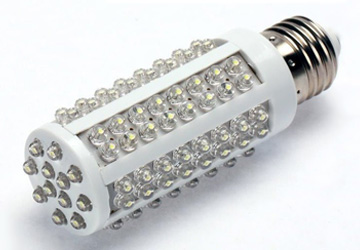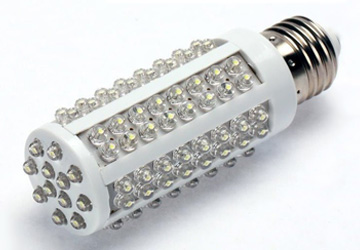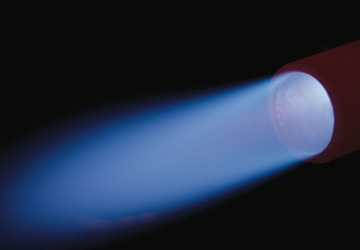Stage 1.
1. General description of the reinforcement rental (hereinafter referred to as products) of the project "Construction of an electrometallurgical plant in the Rostov region" (hereinafter - the project).
1.1. Description of project products indicating technical and consumer characteristics. Analysis of current and potential areas of the use of project products. Description of segments of the product consumption market indicating the volume of consumption for 2008 - 2013. (In the world and regions - Southern Federal District and nearby regions).
1.2. Analysis of world and Russian trends in the development of the product market for the period from 2008-2014, as well as a forecast until 2024.
1.3. The main products of the substitute (composite reinforcement are fiberglass and basaltoplastic) and the prospects for their development in terms of substitution of project products. Market dynamics according to segments (retrospective from 2008 to 2014 and the forecast period from 2015 to 2024).
1.4. Description of production technology (production chain). The segmentation of the target market for the production technology (in dynamics 2008-2024).
2. Analysis of the market of key raw materials used as part of the project.
2.1. Description of the main and auxiliary types of raw materials for production.
The main factors affecting the price of scrap offer.
2.2. The main suppliers of raw materials in the regions are the Southern Federal District and nearby regions, indicating the volume of production in dynamics for 2008-2013. Description of the organizational structure of suppliers (included in holdings, independent companies, etc.).
2.3. The main consumers of raw materials in the regions are the Southern Federal District and nearby regions, indicating the volume of consumption in dynamics for 2008-2013.
2.4. The dynamics of supply and demand for the main raw materials from 2008 to 2024, taking into account production programs for expanding capacities, changing the volume of export supplies, forecasting the change/reduction of the Lom Fund, etc.
2.5. Assessment of volumes and prices of exports of basic raw materials from 2008 to 2024. From the regions - Southern Federal District and nearby regions, as well as in suppliers. Analysis of the impact on the export/market for the entry of the Russian Federation to the WTO (including from the point of view of duties).
2.6. Ways of organizing raw delivery (from the manufacturer of raw materials to the manufacturer of the final product) indicating the types of transport used (railway transport, vehicles, river transport) and relevant tariffs, cost (including key suppliers of the project: Donlom LLC LLC , LLC Donexport, LLC Ugvtorresurs, LLC Tutormettsysry, LLC TD Don League). Determination of an effective/maximum delivery shoulder for each type of transportation in the areas of delivery (export, domestic market).
2.7. Dynamics of prices for the main raw material, taking into account the cost of transportation, depending on the manufacturer of raw materials from 2008 to 2024. An assessment of the elasticity of the demand/supply of raw materials at a price.
Stage 2.
3. Analysis of demand for project products (Russian Federation, including the Southern Federal District and nearby regions - in detail, potential export markets of the project).
3.1. Analysis of the main buyers in the project market (market segmentation for main consumers - regional construction companies/ construction markets and shops/ private developers; for the largest customers; by regions, etc.) indicating the annual volumes of products they consume with details by nomenclature products in 2008-2013
3.2. Historical and forecast demand in the market of project products in nomenclature (in kind and cost terms), the dynamics of demand from 2008 to 2024, taking into account the development programs of the main consumers.
3.3. Description of the degree of saturation of the project market and market concentration indicators;
3.4. Analysis of the main factors affecting the development of the project market (economic- macro- and micro- and technological drivers, state regulation, certification, requirements of environmental legislation).
3.5. Assessment of potential demand for project products in foreign markets.
4. Analysis of competition (proposals) in the market of project products (the Russian Federation, including the Southern Federal District and nearby regions - in detail, potential export markets of the project).
4.1. Description of the structure of the proposal for the nomenclature of the manufactured reinforcement (in the context of geographical markets and in the division of price segments);
4.2. Historical dynamics of production in the project market, market segmentation for the main manufacturers in 2013 and in dynamics from 2008 to 2014
4.3. Forecast dynamics of production in the market for project products for the period up to 2024. With the positioning of the borrower, including The geographical structure of production, key changes and trends, existing production capacities and the forecast of their expansion, introduction of new production capacities/players, a forecast for loading of capacities (including projects and competitors: Abinan Electrometallurgical Plant LLC, Rostov Electrimetallurgical Plant LLC " and others), taking into account plans for the modernization and implementation of investment projects.
4.4. Analysis of the level of competition in the industry according to the "Five Competition forces" scheme M. Porter, indicating the quantitative criteria of each evaluated parameter. Barriers to the entrance to the industry (including legislative restrictions, restrictions on access to key resources);
4.5. Description of the main direct competitors, including:
4.5.4. The degree of integration of competing companies in the market (including vertical integration) and a sales strategy.
4.5.5. Data on financial indicators (revenue, cost, price, EBITDA, profitability) of competitors in dynamics for the period from 2008 to 2024 in comparison with the annual project indicators specified in the financial model of the project.
4.5.6. Analysis of the main factors of competition in the market (price, quality, production technology, etc.).
4.6. Analysis of new projects in this industry, an assessment of the emergence of new competitors.
4.7. The determination of the share of imported and domestic products in the market for project products, dynamics and forecast for the period from 2008 to 2024. The structure of imports on countries and consumers, and company manufacturers of imported products.
4.8. A detailed analysis of the forecast balance of the market until 2024, taking into account the implemented, declared projects (indicating surplus/ scarce (with sources of deficiency) of the regions); Forecast of import substitution in the project of project products
4.9. Pricecting pricing, historical price dynamics (2008-2013) for products by nomenclature and manufacturers in target markets and forecasts of its change (2014-2024);
4.10. Analysis and description of the chain of creating cost in the project product market (the margin component of each redistribution of vertical integration).
4.11. The noise of innovation and technological changes in the industry with the details of quantitative parameters.
Stage 3.
5.1. Analysis of the appropriateness of the project with the declared capacity of production and the structure of the product line. The opinion of the consultant regarding the most optimal parameters of the project (scale of production and the structure of the product line), taking into account industry trends.
5. Compare with an alternative scenario for the preservation of this volume of the workpiece as a reserve raw material for the further launch of reinforcing rental production.
5.3. Analysis of potential buyers (client base), bringing a comparative qualitative and quantitative characteristics of products consumers and comparison with consumers of analogues/competitors based on available data from open sources, including paid ones.
5.4. A comparative analysis of the competitiveness (including technical and operational characteristics) of the project products with the products of Russian and foreign manufacturers, its competitive advantages / disadvantages.
5.5. A comparative analysis of project prices with the main competitors (the current price level, the annual forecast for the period up to 2024 in three scenarios) depending on the cost of the starting raw materials and the cost of its delivery.
5.6. Analysis of suppliers of raw materials in terms of competition in the raw materials markets, its availability, price and risk of dependence on suppliers. Analysis of the activities of the companies of Donlom LLC (assumed as the main supplier of raw materials for the project), Donexport LLC, LLC Ugvtorresurs, LLC Tutormetsyyrya, TD Don-Liga LLC in terms of delivery in context of customers and Sales (domestic market/export, etc.), comparison of the current volumes of the supplier with predicted (in the case of supply for the project), the availability of the necessary resources for the supply of raw materials in the declared volumes (analysis of the main operating and financial indicators of companies).
The forecast of the dynamics of the volume of the lomo fund for 2014-2024.
5.7. Analysis of factors affecting growth/reduction of demand on products in the context of customers and sellers and a quantitative assessment of their influence.
5.8. The process share of project products on the market (in natural and cost terms, including, taking into account the forecast of the development of production capacities).
5.9. Evaluation of volumes, the structure of supplies to the domestic and foreign market, project revenue:
5.9.1. Analysis of preliminary/concluded contracts/contracts for the supply of products, compliance of the main terms of the contract with the market customs of the industry. Organization and conduct of work on qualification from potential buyers of project products.
5.9.2. Assessment of the impact of seasonality on the sale of project products.
5.9.3. Analysis of the probability of achieving forecast volumes of project supplies and revenue in the context of the nomenclature (in natural and cost terms);
5.9.4. Analysis of the geographical structure of supplies;
5.9.5. Scenario analysis (optimistic/ basic/ pessimistic scenario) indicating the forecast data of key indicators (sales volume, prices of products, loading production capacities, the price of purchased raw materials, etc.);
5.9.6. In export-what are significant competitive advantages of the products of foreign competitors, a possible difference in consumer preferences in the importing country. The possible impact of EU sanctions on products export.
5.9.7. Analysis of the potential of product diversification, changes in the structure of the product product line.
5.10. Assessment and analysis of the parameters of the planned cost (variable costs) of products and fixed costs:
5.10.1. Assessment of the structure of cost (variable costs), constant costs and production efficiency.
5.10.2. Comparative analysis with competitors with the details of each cost item and analysis of discrepancies in the context of individual positions in the cost of production (including raw materials and additives, their transportation, energy and other resources, transportation of products) and fixed costs)
5.11. Comparative analysis of planned profitability for the project and competing companies (including eBitda, net profit). Assessment of the probability of a project achievement of forecast indicators of profitability. Justification of a significant excess of planned profitability of the project in comparison with competitors' companies.
5.12. Analysis of the influence of state support measures.
5.13. Analysis of price differentiation depending on the conditions for the supply of products and promotion channels, the selection and detail of the price strategy (system of discounts, etc. In the context of the promotion channels;
5.14. Description of the marketing strategy for the disclosure of quantitative indicators of the strategy, including the necessary budgets for promoting products in the context of sales channels, determining the key categories of consumers, a pricing strategy, a distribution policy (selection of sales channels with the details of the planned sales volumes within the framework of these channels) , as well as sales stimulation (including, in case of deviation of the actual sales volumes from targets), the development of recommendations for building a product promotion strategy. SWOT analysis, as well as the classification and analysis of key marketing risks of the project, an expert assessment of the likelihood of key risks, quantitative analysis of the potential consequences of risk implementation, development of measures to minimize key risks;
5.15. Recommendations for maintaining the sales of products sufficient for the payback of the project, including recommendations on the marketing strategy (target markets, customers and offer).



